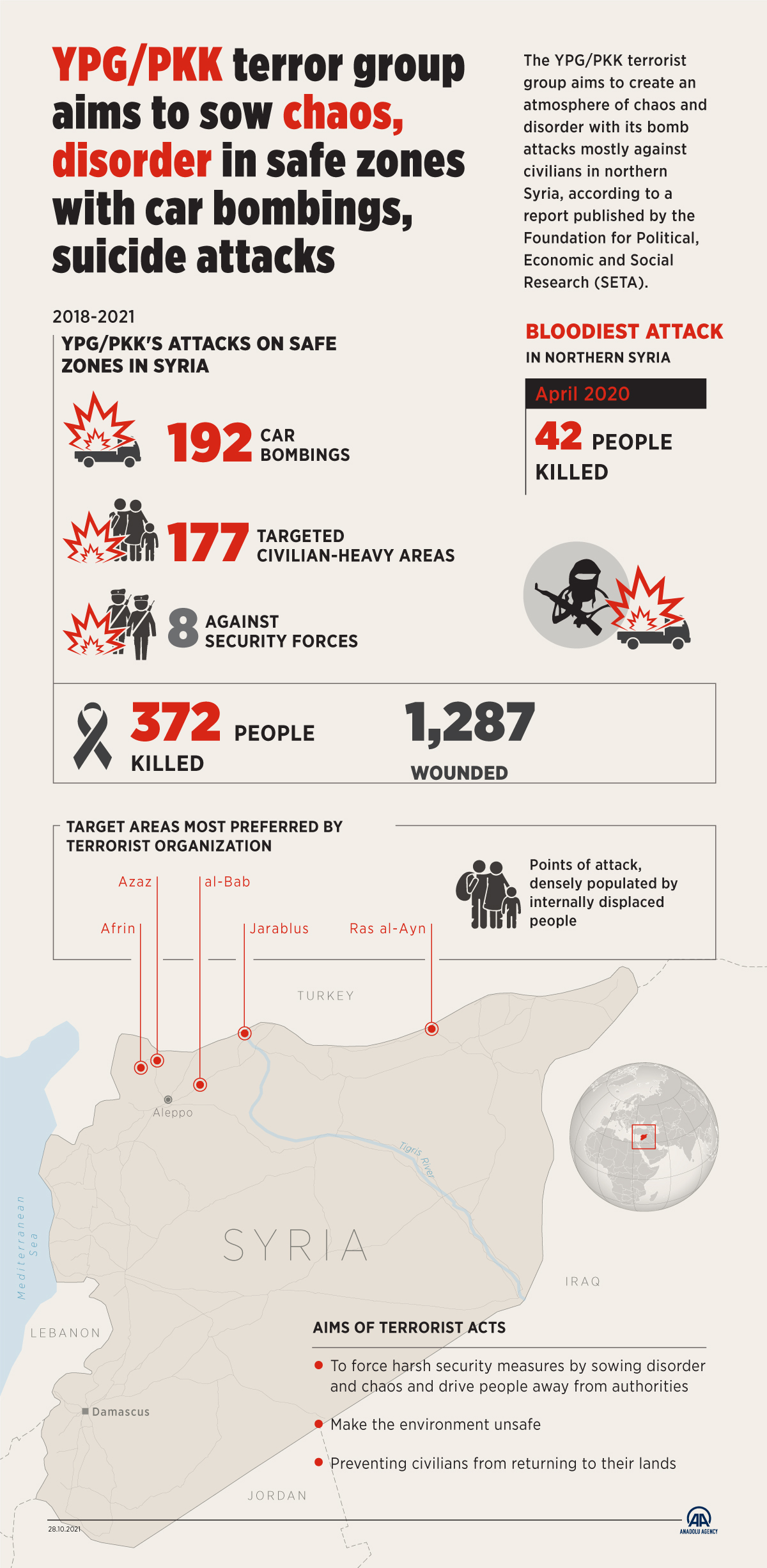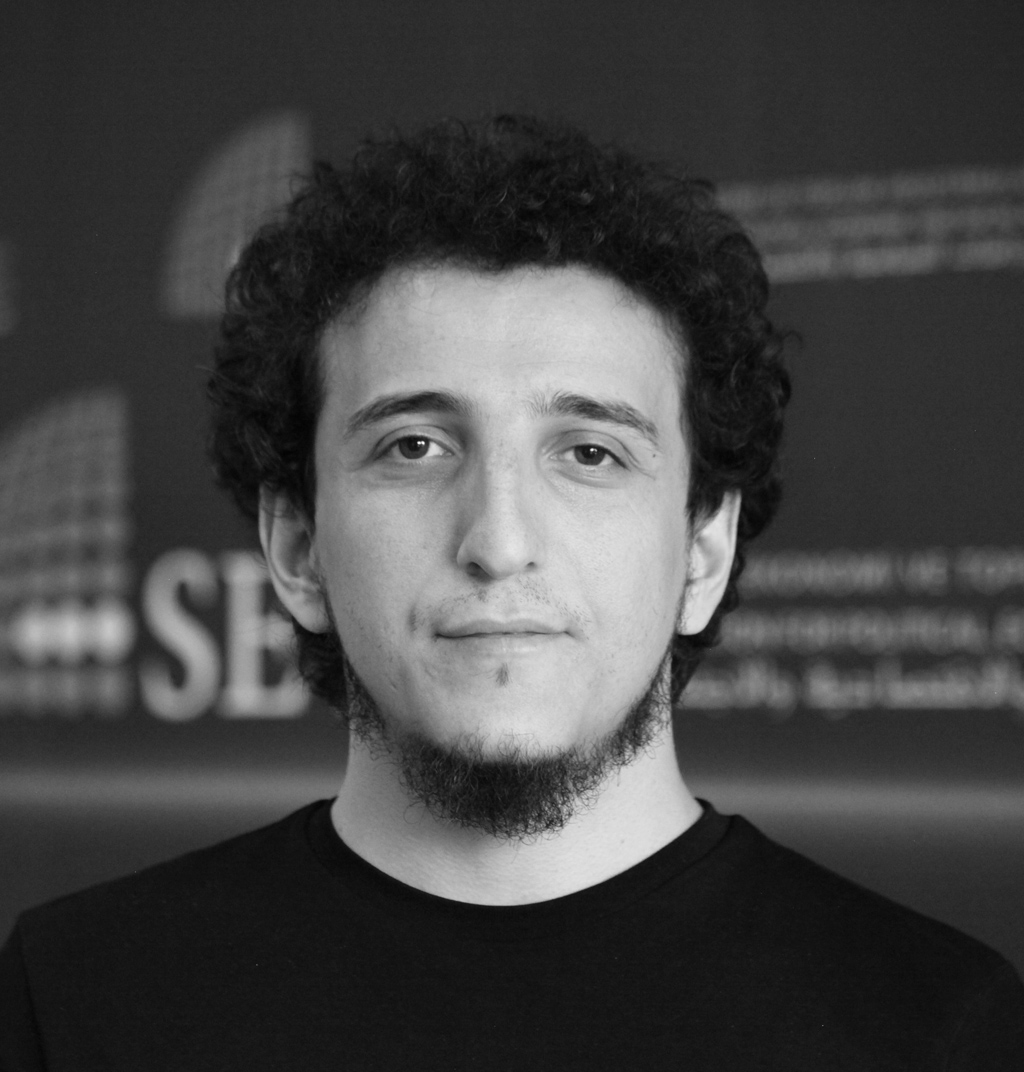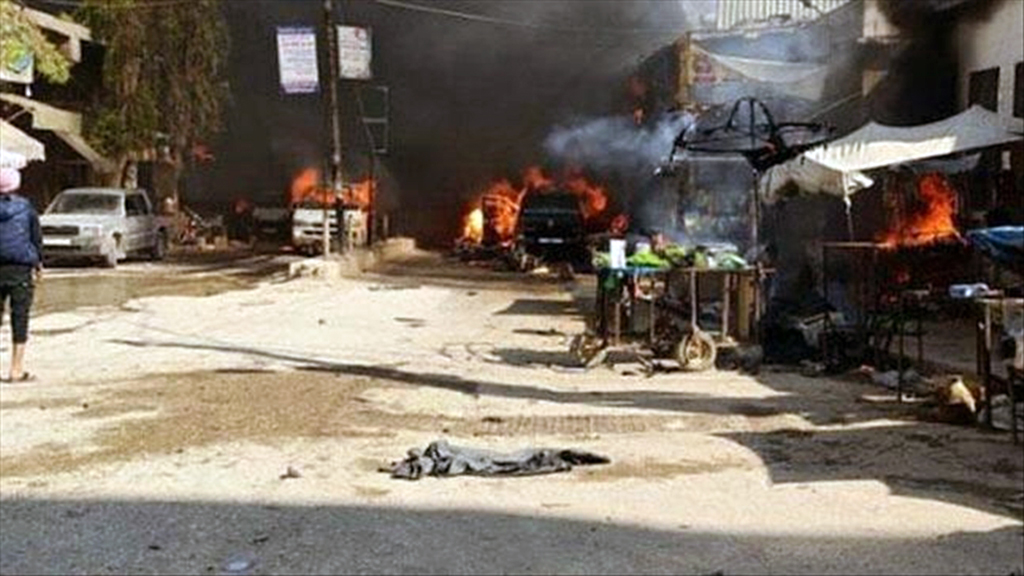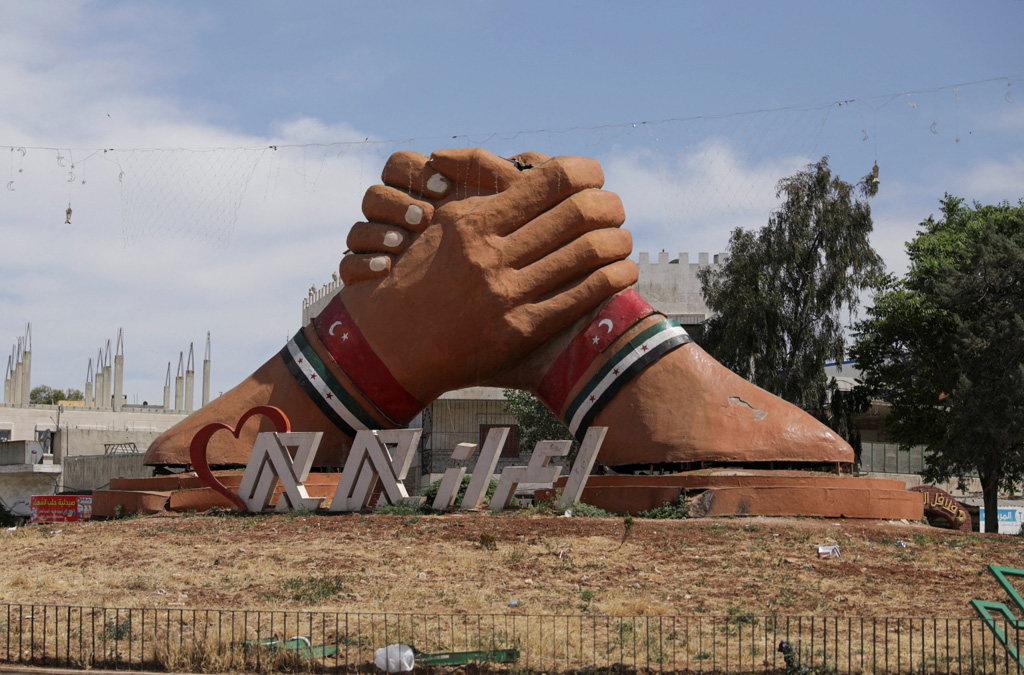
 Turkey’s Foundation for Political, Economic and Social Research (SETA) published the report titled “The Logic of YPG Car Bomb Attacks in Syria - A Strategy of Chaos and Disorder” by analysts Omer Ozkizilcik and Kutluhan Gorucu.
The report examined 26 suicide attacks and 51 car bombings by the PKK in Turkey between 2014-2018 as well as 192 car bombings by the YPG in areas controlled by the Syrian interim government between 2018-2021.
Turkey’s Foundation for Political, Economic and Social Research (SETA) published the report titled “The Logic of YPG Car Bomb Attacks in Syria - A Strategy of Chaos and Disorder” by analysts Omer Ozkizilcik and Kutluhan Gorucu.
The report examined 26 suicide attacks and 51 car bombings by the PKK in Turkey between 2014-2018 as well as 192 car bombings by the YPG in areas controlled by the Syrian interim government between 2018-2021.
In its more than 35-year terror campaign against Turkey, the PKK – listed as a terrorist organization by Turkey, the US and the European Union – has been responsible for the deaths of some 40,000 people, including women, children and infants. The YPG is its Syrian branch. According to the report, in the 192 YPG car bombings in Syria, a total of 372 people were killed and 1,287 others were wounded. Only 25 YPG car bombings occurred without any casualties, while the peak in deaths was recorded in April last year, with 42 casualties, the report added. 3 goals of terrorist attacks “The use of car bombs has been a concerted YPG strategy since Operation Olive Branch was conducted by the Syrian National Army and the Turkish Armed Forces,” the report said. “The strategy of the YPG terror campaign aims to create chaos and disorder,” it noted. According to the report, by doing so, the YPG has three goals. First, it aims “to force the governing body to implement harsher security measures and drive the people away from governance.” The second is “to prevent the return of Syrians to Syria in order to preserve their prospect of a Marxist Kurdish statelet in northern Syria reaching from Iraq to the Mediterranean.” And lastly, it aims “to portray their areas as relatively more secure than the areas held by the Syrian interim government.” The report also highlighted that “to understand the reasoning and motives of the YPG attacks against the areas of the Syrian interim government in northern Syria, one has to look into the reasoning behind the PKK’s attacks in Turkey.” Suicide attacks and car bombings in Turkey between 2014-2018 According to the report, “the two suicide attacks by female YPG members Arin Mirkan and Avesta Khabur are significant events that indicate a change in the PKK/YPG’s strategy.” The report points out that Mirkan detonated herself with a grenade as she ran towards Daesh/ISIS militants during clashes between the YPG and Daesh/ISIS in 2014. In 2018, “to stop the offensive by the Syrian National Army and the Turkish Armed Forces, Avesta Khabur infiltrated a military position and blew herself up.” “Before the suicide attack by Mirkan, the PKK had not used the method of suicide terror for two years,” the report noted. “The last suicide attack by the PKK in Turkey or anywhere else before Mirkan’s suicide attack was recorded on Sept. 9, 2012. However, with Mirkan, the PKK restarted to employ suicide terror methods and car bomb attacks.” Supported by statements from various news outlets that both actions were praised and exemplary attacks by the PKK/YPG, the report shared the information that the PKK carried out 26 suicide attacks and 51 car bombings in Turkey between 2014 and 2018. The report also shared information from news sources on how the two attacks were praised by the terrorist group and added that the PKK conducted 26 suicide attacks in Turkey between 2014-2018. “In these attacks, the PKK killed 45 soldiers, 62 police officers, two village guards and 77 civilians and wounded 149 soldiers, 260 police officers and 617 civilians,” it added. The report also pointed out that in June 2018, “shortly after Khabur’s suicide attack and the resolution of the military situation in Afrin with the successful conclusion of Operation Olive Branch, the YPG started to employ car bomb attacks as a strategy.” According to the report, since Khabur’s attack, the “PKK has not conducted or been able to conduct a single terrorist attack with a car bomb, a suicide vest, or suicide car bombing in Turkey.” Attacks in places where internally displaced people settled The report focuses on attacks in northern Syria between 2018-2021. The YPG carries out bomb attacks almost every six days in the region. “This timeline of car bomb attacks saw its peak in July 2019. In a single month, the YPG conducted 18 car bomb attacks,” the report said. “When it comes to the geographical density and geographical targets of the car bomb attacks, one notices first that the attacks are limited to the areas of the Syrian interim government where the Syrian National Army and the Turkish Armed Forces launched three separate military operations,” according to the report. “Among the most preferred target sites are Afrin, al-Bab, Ras al-Ayn, Azaz and Jarablus,” it added. “The focus on these four towns is an additional indicator that the YPG is behind these attacks.” According to the report, “from the 192 attacks, 177 targeted the civilian/social sphere. While seven targets remain unknown, only eight were against the military, police or Syrian officials.” These attack locations draw attention as places where internally displaced people are densely settled. The report also called on the international media “to take responsibility.” “The YPG is a terror group that values its international image and explicitly targets the international media with its propaganda,” it said. “Until now, the international media have either ignored the car bombs or have described them as acts without culprits. Media coverage without naming those responsible or media ignorance on this topic has encouraged the YPG to continue its terror campaign.”Report: The Logic of YPG Car Bomb Attacks in Syria | A Strategy of Chaos and Disorder ⏩ https://t.co/KvIGFnGukq | @OmerOzkizilcik @KGKutluhan pic.twitter.com/gfh0vpRmGe
— SETA (@setavakfi) October 28, 2021









